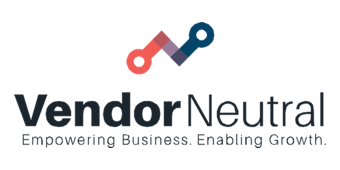
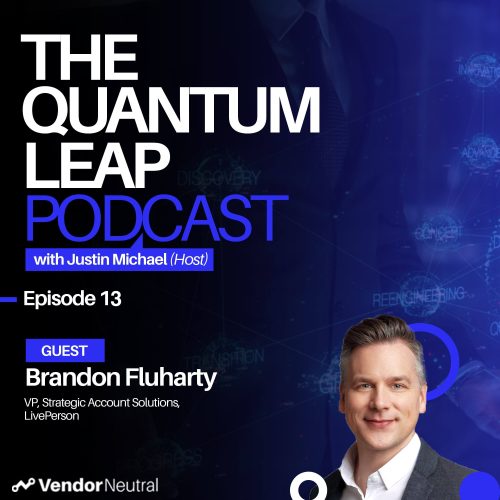

3 Ways Sales Technology will Shape the Future of Strategic Selling & Enterprise Sales
Episode 13 -
Brandon Fluharty
VP Strategic Accounts, LivePerson
Read Full Transcript
3 Ways Sales Technology Will Shape the Future of Strategic Selling & Enterprise Sales
Everyone is wondering how sales technology will affect the future of enterprise selling. Brandon Fluharty discusses key tools in your sales technology stack, strategic selling, and the future of A.I. and enterprise sales. If you are interested in strategic enterprise selling and the ways sales technology will shape the future, listen today.
Justin Michael Welcome back to Vendor Neutral in the Neutral Zone, Quantum Leap Podcast, and I’m your host, Justin Michael. Today, we have a special guest, Brandon Fluharty, who is a sales leader at LivePerson. How are you doing today, Brandon?
Brandon Fluharty Hey, Justin. Doing well.
Justin Michael Well, it’s great meeting you, and I’m a big fan of LivePerson because I’ve been telling reps that they got to sit on the front of their website and capture some of these inbound leads for many years, but I know there’s a lot more you’re doing than that. And so I really wanted to interview you about kind of the [00:00:32]future of enterprise selling and some of the tech stack stuff. [2.5s] What’s on your mind today?
Brandon Fluharty Yeah, so actually, we’re in a completely different environment as [00:00:42]enterprise strategic sellers. [1.1s] We’ve been sort of forced in this remote first, remote only environment. I think any enterprise sellers out there were accustomed, as I was. About a year ago, we were fine hopping on a plane to go visit a prospect or a client and hop on a plane to go across the country and spend an hour with them face to face. We’ve all lost that face to face interaction. So I think it’s forced us to sort of [00:01:14]reevaluate our technology, our relationship with technology, [2.4s] and how we can continue to stay connected with our prospects and clients. So that’s sort of top of mind for me. It’s kind of going through that shift.
Justin Michael It makes sense, and so [00:01:27]selling in the Enterprise remotely, [1.2s] the first big fear is we can’t connect maybe at the event or the conference, what are some of the techniques for really still deepening that relationship with decision-makers be they C level or influencers in this fully remote environment? What are some tactics and tips that you have for listeners?
Brandon Fluharty One, I think video has become sort of critical. It was sort of played with before, and I think it’s become critical in the sales motions of Enterprise and strategic sellers. So whether that’s a connection over LinkedIn, email, prepping for a meeting, post-meeting, kind of using the likes of Loom or Vidyard, and just using video to sort of prep and follow through. I’m seeing the emergence of videos as being a big thing. I think also this transition from being a good storyteller, which you always needed to be in sales to story creators as a B2B to C SAAS company that LivePerson is. We’ve been utilizing some really cool technology. Once called Botsociety, you would think bot society is creating bots or chatbots. It’s actually creating bot experiences, so it’s just making it much easier to sort of create those vision assets that you need to sell the big vision to the C suite. And it gives us the ability to instead of go-to marketing and wait a week or two to create that vision video, we’re more enabled to just DIY it ourselves and share some snippets, whether it’s an image with that company’s brand or even a video of a potential experience, a conversational experience where we’re selling conversational commerce to brands at LivePerson to be able to create that very quickly. That’s kind of cool. That’s been a big shift as well.
Justin Michael So conversational commerce, interesting term. How are you bringing change into the Enterprise? You’re selling a disruptive solution still because we’re still not quite there. Everyone has embraced these kind of technologies. How are you kind of helping executives take a look at this stuff? Managing that change, getting inside an organization, landing, expanding. It’s just, in general, that’s kind of hard with disruptive technologies. A lot of folks listening probably have disrupted elements of what they’re doing, or they’re trying to do what you’re doing is bring disruptive best practices into their organization themselves.
Brandon Fluharty Yeah, so luckily, a lot of it comes back to being customers of these brands ourselves. So whether that’s our telco provider, our cable company, our bank, we know there are still painful processes out there and the mode of operation for a lot of these big brands when it comes to customer service and customer experiences. We don’t want to talk with you; we build this so-called digital fortress. We want you to self-service because it costs too much money to communicate with you. And so it is very easy to capture those things. Right. Like this was the experience I had when I tried reaching out to you. There are even businesses out there like get human dot com that captures Twitter feeds for some of the major brands out there of how long or how much people are complaining about their businesses. It’s not that difficult to kind of showcase; hey, here’s the experience I had with your brands. And one tactic that I used to when Delta Airlines was I was spending every week on their planes. This was when I first started at LivePerson, and they promoted on the T.V. screens, on the seatbacks text with friends and family. And so I sort of sent a screenshot of that, and I sent a screenshot of my Diamond Medallion status and said, I’m on your plane every week. I also just happened to work for a company that fixes these problems with other major brands. And I see that you promote messaging between friends and family, but I can’t message you when I need help when I want to change my flight. And I sent an open letter digitally on Medium and send it as a private link, and they went all the way up to Ed Bastian, the CEO. I could see that he opened it, and I think a few days later, I got three different phone calls from executives that I had targeted in that specific outreach reaching out to me. This is actually very timely. We want to have a conversation, and nine months later, we’re doing a three-year strategic deal.
Justin Michael, I love that story. I do. I was in enterprise sales quite a while, so that warms my heart. I think the biggest takeaway is the audience is listening. You know, I remember being at Salesforce in the days of Radian6 and Buddy Media. People are listening to Twitter, and they’re listening to what’s out there, and they do care all the way up. So those of you did something personalized and relevant. So tell me about [00:06:53]outreach, [0.0s] you know. What are you doing to make your emails and calls, your pitches more effective? I think that’s something, an interesting topic. I mean, that’s a very customized campaign.
Brandon Fluharty Yeah.
Justin Michael Do you always operate that way? What got you from, like, standard outreach to going and having the gut instincts to be able to put something like that together? I think people struggle with getting out of the white space like, well, that’s great he thought of that because he was on Delta. Is it a secret shopper mentality? Is it getting closer to the brand? How could someone emulate that? Because that’s pretty customized.
Brandon Fluharty Yeah, and this was sort of pre our SDR days. We didn’t even have an SDR team when I sort of came on, I was sort of full-cycle [00:07:36]strategic selling [0.6s], and then we have since implemented an SDR team. But I do work very closely with our SDR team to sort of bring some of those custom elements. And I sort of advise them, especially with strategic accounts. Less is more, not to be cliche, but focusing actually less on trying to get quantity of meetings, but to go deeper and do your proper due diligence, understand a little bit about it’s, for strategic accounts, again, is my specialty. It’s less about so much the account-based marketing. It’s more about the contact-based marketing. We know exactly the types of executives we want to talk with. They’re typically leaders of the contact center or perhaps digital leaders and or marketing leaders. When you sort of look at the full cycle of conversational care and commerce, those are all the big players that we want to engage with and speak with and could benefit from our solution. So it’s understanding a bit about what do they really care about? What is the north star of the company, what are they trying to achieve? And then kind of figuring out what the current experience is? And can you sort of tease that a bit in a storyboard fashion that you’re not just throwing up and digesting, forcing them to digest all that information upfront, because we are a big transformation, that type of solution. You don’t want to overwhelm them, but just kind of tease them. Hey, here’s a screenshot of, I sent a message on Facebook Messenger. I haven’t gotten a response in a few days. We can fix this. Let’s have a conversation. So those sort of things tend to get the results. Then once we have the conversation, that’s when we start to paint the broader picture and pull in more folks across the organization. Then that’s my job. Right? SDR’s, hey, get us in there. Let’s have that conversation, and then it’s my job to bring it home.
Justin Michael I think that’s phenomenal. Are there some methodologies and processes that you enjoy that you feel are still modern, or is it what’s old is new? And there’s so much debate about modernized selling. It’s social, and it’s all changed. And now I know the neuroscience is the same, but how are you leveraging old and new together? Because that’s a big thing for sales leaders right now. It’s like, you know, I’m going to ask about sales technology stacks too, but first methodology success, It sounds like you’re having a lot of success. You’re getting high up in the C suite using a content approach and deep personalization and relevance. But overall, is there a methodology or process you like? A qualification framework?
Brandon Fluharty I try to really steer away from pinning myself to specific methodology. At the company holistically, we have found, at least in the enterprise space and strategic accounts MEDDIC does, it does tend to be a framework that we follow. But as someone who is introverted, I think one thing that that I have really focused on that I think has been an asset actually in [00:11:02]strategic selling [0.6s] more than my earlier days. I climbed the ranks from SMB selling little print advertising to local businesses to go up the chain a bit to and then mid-market and Enterprise to eventually strategic selling. I think I’m most at home in strategic selling based upon my introverted attributes because that allows me to be hyper strategic and focused on the smaller subset of accounts where I can go deep. And that’s where some writing skills starts to come to the forefront, where I can do some really creative things upfront to get their attention or work and maybe write a press release headline or a PR FAQ that’s common with Amazon. We have a lot of Amazonian in our culture on the tech side in the product team. But kind of bringing in that process, like thinking three years from now what that company could look like if they went through a conversational transformation and then kind of work backwards with here’s how you get there. I think executives sort of appreciate that. I could read a one page press release like here’s the vision. Here’s what you’re trying to do with me. I understand. And then another page of FAQ. Here’s how we realistically do that. The small steps to get there. I think it’s kind of those things mixed with video emails or LinkedIn messages and making sure that once you are on camera, you’re performing well. You’re doing all the things to be a good video seller because you can’t be in person. I think those, the combination of those things, it’s not so much what’s being done in person in the storytelling that we’ve all relied on in the past. And those events, those white-glove events. And we used to do them a lot as well. And that was a big way that we got new logos acquired, was having them talk with our current customers. That was a winning combination. So how do we do that as strategic sellers in video format? And I think you’ve got to go deep. You got to do a little bit of the work for them. Think about the future. And that just takes time. It takes deep work. So you’ve got to keep your calendar clear for that. You got to focus on going a few levels further with your prospects.
Justin Michael That’s great feedback, so tell me about sales technology stacks going into there’s so much lore and mythology about what A.I. and M.L. can do? What these things actually do? You’re a very experienced enterprise sales leader. What’s actually moving the needle? Right? You don’t need to mention maybe the name of the companies because we are a vendor neutral, but talk to me about some flavors of tech stacks, like are you listening back to your calls? Are you automating your emails? Is that something more for your SDR’s that support you and your team? But like, what is sizzling, what is steak? What is what’s actually moving the needle? People are really trying to evaluate the stuff. They’re trying to cut tooling or consolidate, add things that are critical. It’s tough.
Brandon Fluharty Yeah, I don’t mind talking about our sales technology stack and kind of mentioning who we are and is still all an evolution. So Vidyard is sort of the video tool that we’re starting to use, very early days, so still trying to understand and figure that out. I’ve personally played around with Drift video. I find that actually a very user-friendly tool. I’ve just kind of picked it up on my own and tried around and experimented with it. So I’ve tried both of those, Outreach, mostly our SDR’s utilize or Google Suites. So kind of tied in with our Gmail efforts and Google Calendar. And then, Chorus A.I. we do use for our Zoom calls and recordings. We use Zoom for our meetings. And then I don’t have a whole lot right. Because I’m strategic, but I will go listen to those Chorus A.I. recordings, and I will get benefit out of it. I’m a strict believer in always focus on enhancing your performance. And then I kind of liken sellers as professional athletes, and we should look more holistically across the board. And funny enough, that’s some new, interesting technology I’ve started to really investigate. So for one, I wear a woop, a wearable. I’m also a cyclist in my personal life. So it’s helpful there, but I’ve sort of been bringing it into my work life as well. So I’m sort of really obsessive about letting the A.I. on my wrist kind of dictate when I should be going to sleep so I can either peak tomorrow, perform tomorrow or just get by. It literally gives me those three options. I marry that with something called Rise. Rise Science actually focuses on either athletes or sellers, and there’s a lot of really great research that Rise has put out there that sleep should be sellers’ number one KPI, and I’m a big believer in that as well. If you put sleep and decrease your sleep debt, it makes you more empathetic, it makes you sharper and all of those things, and you can start to actually carve out your day based on your natural circadian rhythm. So, during my high energy peaks, that’s when I should be talking with my, my strategic accounts during my low energy, what’s called an afternoon dip, when my energy wanes, and usually I would go get coffee instead of getting coffee that’s when I could go do maybe a little bit of exercise or get my administrative CRM updates, get that stuff done. Handle email so that I’m not just putting more caffeine in my body and then wrecking my sleep for the night. So I’ve been really following that, and it’s sort of amazing how the outcomes, the positive outcomes are just natural. Right? I’m just more calmer, more satisfied as a human being. But I actually get more done as a salesperson and reaching out to some more accounts and having higher quality conversations during the negotiations or the presentations or the demos or the discovery calls. All those things seem to have been enhanced by focusing on my sleep and overall well being.
Justin Michael That’s an important one. I know it’s a big Arianna Huffington initiative.
Brandon Fluharty Yeah, yeah, yeah, thrive.
Justin Michael It’s drinking enough water. Self-care is really key in mental health for your salespeople. What’s the future of selling? Does artificial intelligence take our jobs? Do we automate more? Is still a place for the strategic sales process, human in the sales process? How do you see it personally next couple of years toward 2025? Maybe if we even extend out to 2035, do you have predictions based on being really close to these tech stacks or methodologies? Where do you see stuff going like the acquisition of Slack is very telling, and I’m predicting a lot of micro-communities or the value there. Like I mean, it’s a very broad question, but I love your take on it.
Brandon Fluharty Yeah, I think so. Yeah. A lot there. And yeah, this is super exciting stuff, and we’re sort of on the front end of this as well. We’re tip of the spear, we’re seeing the injection of A.I., conversational A.I. and I think that’s where you see a sales force really interested in, in the acquisition of Slack and why those acquisitions are happening, that this idea that I can just have a conversation with a colleague or a bot and almost get the same quality of information. That’s where I think over the next few years, we see the biggest impact of A.I. happening. And A.I. isn’t there to replace jobs. You can’t replace a whole job with A.I. You can replace functions of a role. And so I see the biggest shift happening for SDR’s relative to A.I. and automation. And here’s what I mean with that. So our products, what we’re putting out there into the world, we’ve been extremely disruptive in contact centers, and contact center agents now are shifting, and they have a whole new career path when they can be enabled with our technology. We call it the conversational cloud they can go from being, say, a voice agent who used to manage one on one conversations. And I can guarantee you, as you could probably expect, those conversations are not good with consumers, and now they’re moving beyond, and they went through their chat world where ok they got a type, and they’ll have maybe one or two conversations open that they got to close out. Not not a big leap in their career to now moving over to when consumers can just message. Right. Like a Delta Airlines or a Verizon. And, you know, that’s in the same threads of conversation with my mom and my wife. That’s when the other end, the contact center agents can start utilizing A.I. to take advantage of containing a lot of those conversations. And so they’re sitting back. And what we’ve seen is these contact center agents have become bot managers. So it’s the bot that is on the front end actually taking care of the conversation. And because we give them really easy, easy to use tools, they’re sort of just making a few little modifications here and there. But it’s the A.I. that skills these conversations for companies. And it’s in now the contacts agents like I’m a bot manager, I can actually make more money if it’s commerce related. We have a big-box retailer who’s utilizing a small team in the Dominican Republic to sell things like grills and refrigerators and front doors that can all be bot related conversations. And it’s the the human hit sort of on the other side. Like, all I have to do is fine-tune them, and I can make a lot more money than I ever did answering phones. So I see a lot of that starting to going to take place over the next few years. For starters, we’re going to see similar things happening in the skill set for us. The hours will be how are you based on your conversational design skills, more so than your phone skills. And I think that will be a big shift that we’ll start to see because as communication becomes more and more digital, it’s going to be more of the stars who are managing all of these bots who can have more scaled conversation with prospects. Then you can just by traditional cold calling or a multi-channel approach of email, LinkedIn, and phone. I think that will be the biggest shift and the biggest impact there. And then strategic sellers’. Like myself, I think we’ll continue to need to step in and have those conversations. I don’t think big brands are going to be ready to self-service and buy major SAAS transformations. It’s going to be hard to buy those big SAAS transformations. But you can bet that procurement will want to bypass as much human interaction as possible and get down to what they need. But there’s still a lot of value that a human seller can provide and making sure that they understand the full capabilities of what’s what they are providing.
Justin Michael So I find this fascinating. So we’re talking about rather than lower scale conversations as SDR’s or third party SDR’s, but the utilization of conversational design, because I do think the premier skill of sellers of all kinds in the 2020s is writing. I agree with Scott Leese on that. But the kind of writing is really interesting because it’s not expository essay writing, the tremendous trend in things like WhatsApp and Facebook Messenger and text and these shorter form interactions where the traditional sales cycle is non-linear. It’s like a Mobius strip is just moving in these wild spirals, almost like some geometry. So moving in the chatbot direction. How can people become better at conversational design?
Brandon Fluharty That’s a good question. Yeah, it is a good question, and I think we’re already. We’re already conversational designers by default, right? We’re accustomed to sending short messages, right, especially the younger generation, where if you’ve grown up on Twitter and you’ve been limited to a set of characters, you know how to have short, quick conversations. So social media, messaging apps, those have inherently made us, and I think the generation coming up in sales for the first time, they already are by nature conversational designers. Now, it will be the A.I. and the analytics that helps guide them. Right. Like I was talking about earlier, the woop is guiding me to better wellness behaviors around sleep and exercise. And we’re seeing this from companies like RingDNA, and it’s happening primarily over phone, over voice. So if you are having a conversation, RingDNA is cool technology that will sort of coach you on what to say based on the conversation happening. We’ll see that obviously play out in a digital environment as well so that you can sort of design the perfect message right to the perfect brand on LinkedIn when you’re sending that initial email or email or even over messaging, there’s going to be all kinds of cool ways that you can tweak that. And then the analytics sort of guide, ok this was successful conversational design here’s the right approach to landing these types of or getting into these big accounts. So it’s going to be fascinating because that’s what companies need. They don’t want to hire more and more talent and more headcount. What they need to do is get more out of their technology. And there needs to be, and there will continue to be more symbiotic relationship between human intelligence and artificial intelligence and be able to scale that. If you can have more conversations going out. I don’t have to be on the phone one on one with a prospect cold calling them, which they don’t want anyways. I can start sending these smaller snippets that are more effective across more contacts, and then that will create the scale that businesses need to continue to get the results that they need.
Justin Michael What’s your advice going out and looking at ABM, account-based marketing, and getting your targeting strategy for your marketing, your inbounds, and your outbound, and even going after Marketplace is another huge question, but we’re in a world where we’ve moved toward very laser-focused, personalized content marketing campaigns that are driving things inbound, even strategically at the right level, the right ICP, and then the Enterprise is working closely. Sales and marketing together. So it’s kind of a two-parter, as I look at ABM, account-based marketing, and account-based sales as two sides of the same coin. You really want marketing bringing the right leads inbound and then outbound progressing that. But oddly, sometimes it’s a silo, and it feels almost like two different things. How do you interface with your marketing team in your position? What are some recommendations doing that? Are you guys doing that?
Brandon Fluharty Yeah, I, I agree with you that I think those lines continue to be blurred, and we’ve seen it in the COVID world that we’re living in. So I used to interface pre COVID with marketing quite often. I relied on their efforts to get prepped for that in-person meeting or that demo. So there was a lot of human effort around deck design and vision videos, and we use microsites a lot. To now, I’m more empowered even though I’m a strategic seller and like a V.P. title, I’m doing more myself than I ever have in my career at Liveperson. I almost think that that’s a good thing. You kind of think that the higher you climb as an individual contributor or seller, once you’re in a leading position, you want to delegate as much as possible. But I think we’re actually going to be more empowered through technology to do more DIY things faster. And that’s going to be the key so that that line starts to disappear between those silos, between marketing and sales. And it’s kind to be almost empowering sellers to do their own like I was saying earlier, story creation, not just storytelling, but you almost have to be able to create stories with digital assets to get these massive brands to take notice. So I think we’ll start to see more and more of that.
Justin Michael There’s actually a book, Ben Zoldan “What Great Salespeople Do” with Mike Bosworth, and it’s about story tending, story creation. I’m a huge believer that the right brain is the part that’s missing in a lot of the sales approaches. We buy with emotion, and we justify with logic, and your stories really do highlight that. We’re coming to a close here, the half-hour. What is one motivational quote or something you’re reading that’s inspiring you right now in these times because people look for inspiration?
Brandon Fluharty Yeah, one thing that’s been helpful to me, and I’m almost finished with it, “Deep” Work by Cal Newport, an amazing book. I think it’s made me kind of rethink, again, as a strategic seller. It’s made me go more focused on, hey, if I can dedicate more time to deep work, getting more strategic, getting more tactical with the accounts that are in my pipeline, I don’t have to rely on sort of what the old philosophy used to be, which is I’ve got to have a robust pipeline at all times. I have to have all these balls in motion. I found that going deeper, being better with less, can actually generate better results than just relying on a pipeline because you know you’re going to make mistakes, and somebody falls through. I would say go for less, go deeper on those, develop higher-quality relationships and thinking for your prospects, and the results will be there for you.
Justin Michael Awesome, thank you, Brandon. Well, where can people find you online so they can connect after this episode and network with you?
Brandon Fluharty Yeah, so I’m extremely active on LinkedIn. That’s probably the best way to connect with me. Brandon Fluharty and I’m on active, active on Twitter as well, as Brandon Tech Exec is my handle there.
Justin Michael Awesome really enjoyed having you on the show. And thanks for your time. Happy holidays.
Brandon Fluharty Yeah, thanks, Justin, you as well.
Justin Michael You’re welcome.
To get started building your optimum sales technology stack, try our Sales Technology Selector. We’ll provide you with a customized report identifying the sales technology solutions that meet your needs. Already know the category of sales technology you need? Use our Certified Sales Technology profiles to find all the details you need to make a decision about which solution is the best sales technology for your organization.
Interested in hearing more Quantum Leap Podcast Episodes?
-
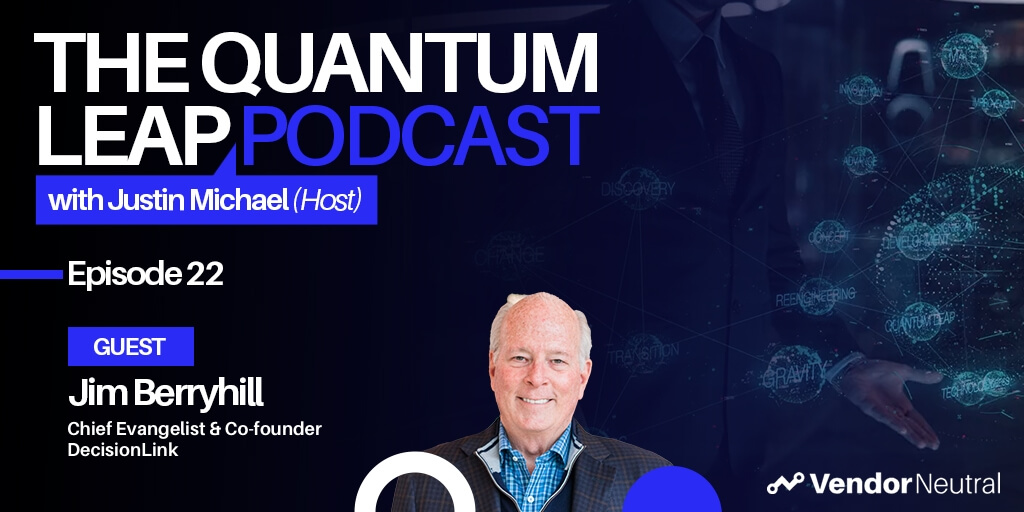 4 Opportunities For Massive Growth In Customer Value Management4 Opportunities For Massive Growth In Customer Value Management
4 Opportunities For Massive Growth In Customer Value Management4 Opportunities For Massive Growth In Customer Value Management -
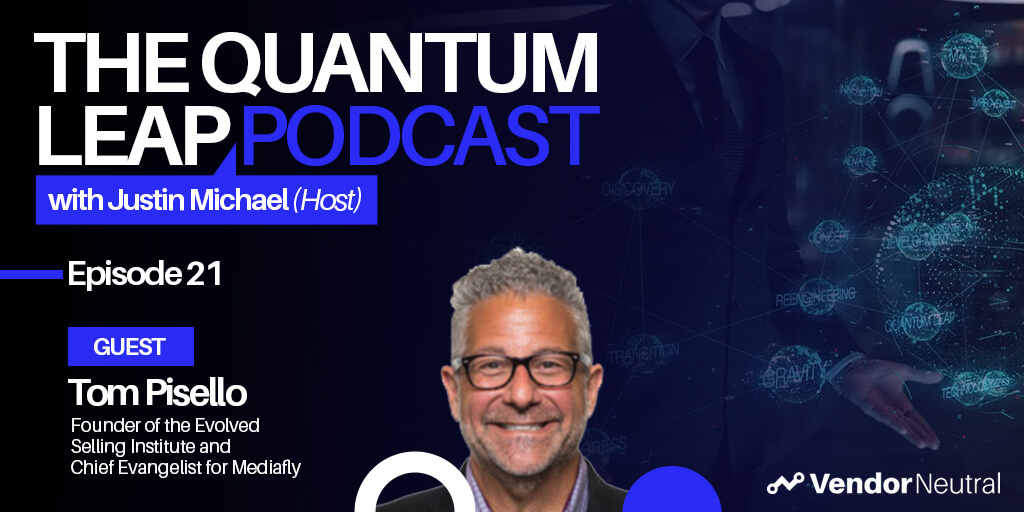 Closing the Customer Engagement Gap | Showing A Clear Case of ROIClosing the Customer Engagement Gap | Showing A Clear Case of ROI
Closing the Customer Engagement Gap | Showing A Clear Case of ROIClosing the Customer Engagement Gap | Showing A Clear Case of ROI -
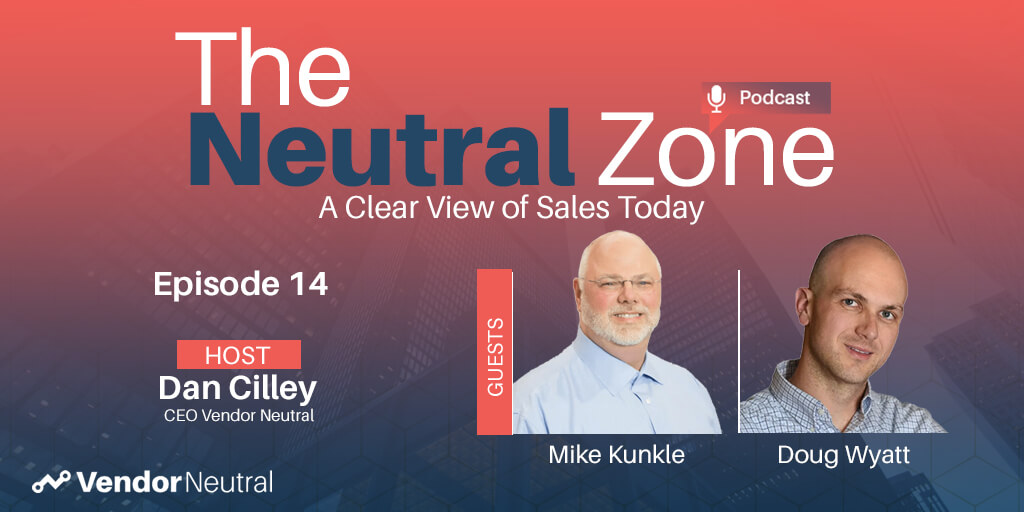 Buyer-Centric Selling | Modern Sales Foundations Virtual Sales TrainingBuyer-Centric Selling | Modern Sales Foundations Virtual Sales Training
Buyer-Centric Selling | Modern Sales Foundations Virtual Sales TrainingBuyer-Centric Selling | Modern Sales Foundations Virtual Sales Training -
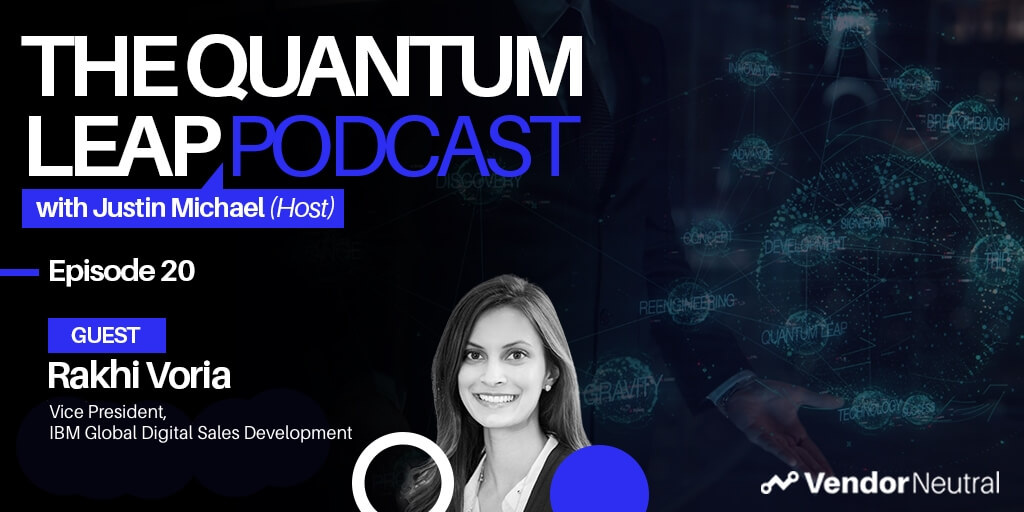 Biggest Trends in Digital TransformationBiggest Trends in Digital Transformation
Biggest Trends in Digital TransformationBiggest Trends in Digital Transformation -
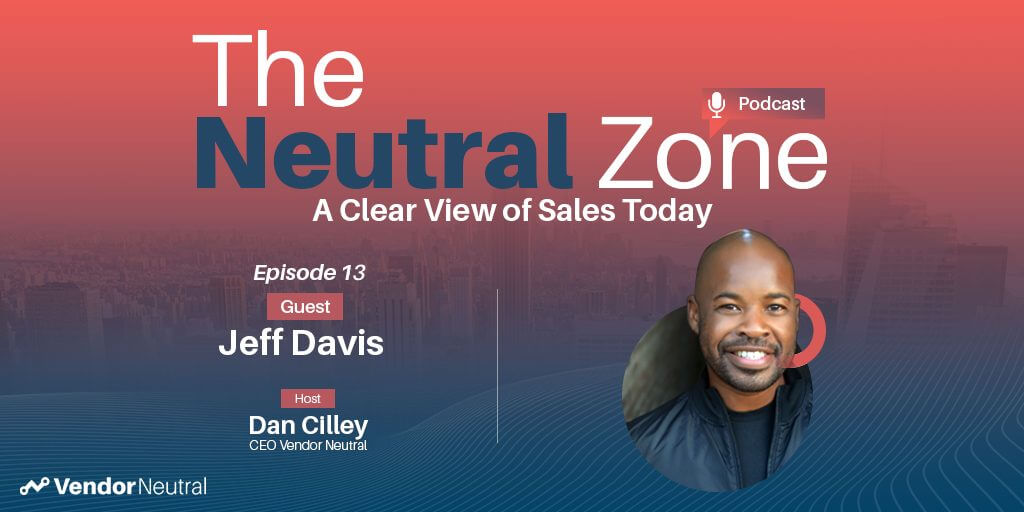 Focus on These 3 Things for Sales Technology AdoptionFocus on These 3 Things for Sales Technology Adoption
Focus on These 3 Things for Sales Technology AdoptionFocus on These 3 Things for Sales Technology Adoption -
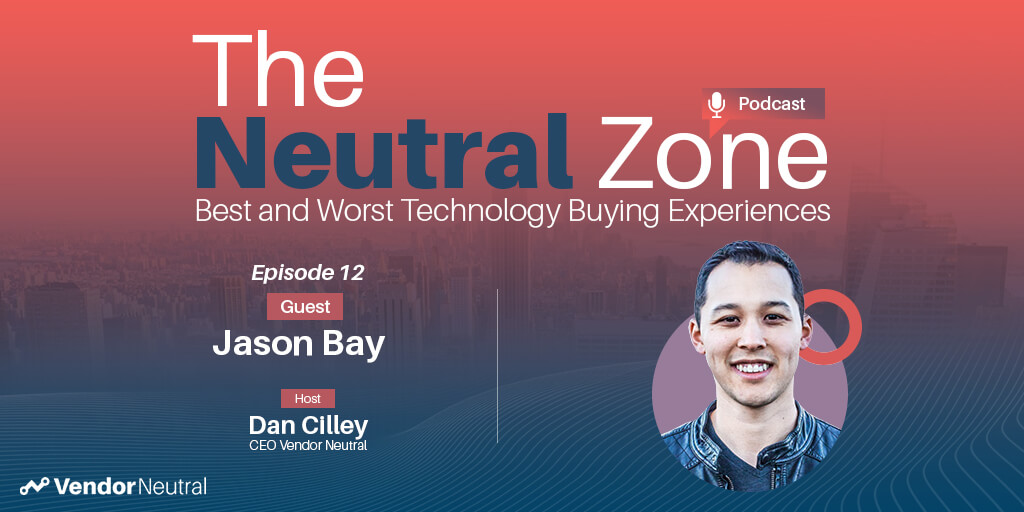 For Sales Technology Buyers A Customer Success Strategy is KeyFor Sales Technology Buyers A Customer Success Strategy is Key
For Sales Technology Buyers A Customer Success Strategy is KeyFor Sales Technology Buyers A Customer Success Strategy is Key -
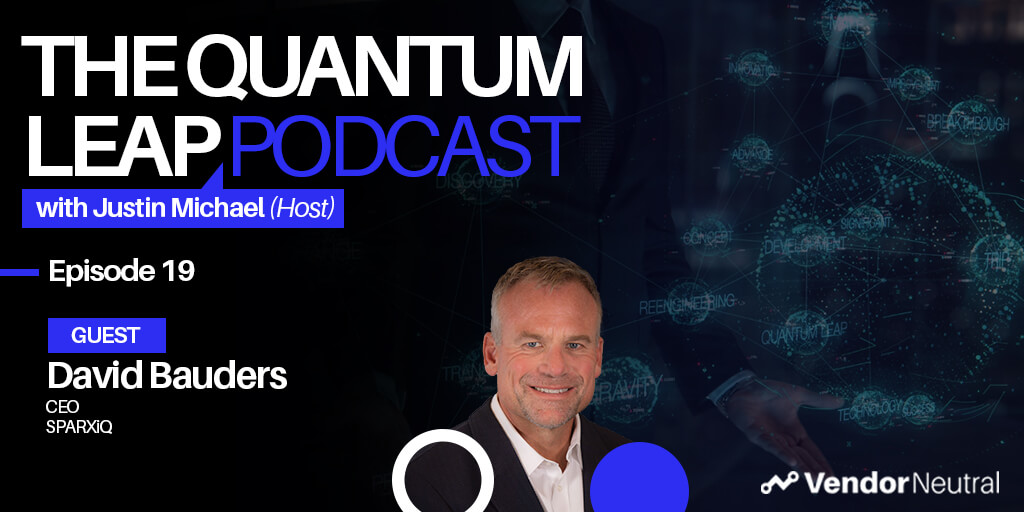 The Future of Sales TrainingThe Future of Sales Training
The Future of Sales TrainingThe Future of Sales Training -
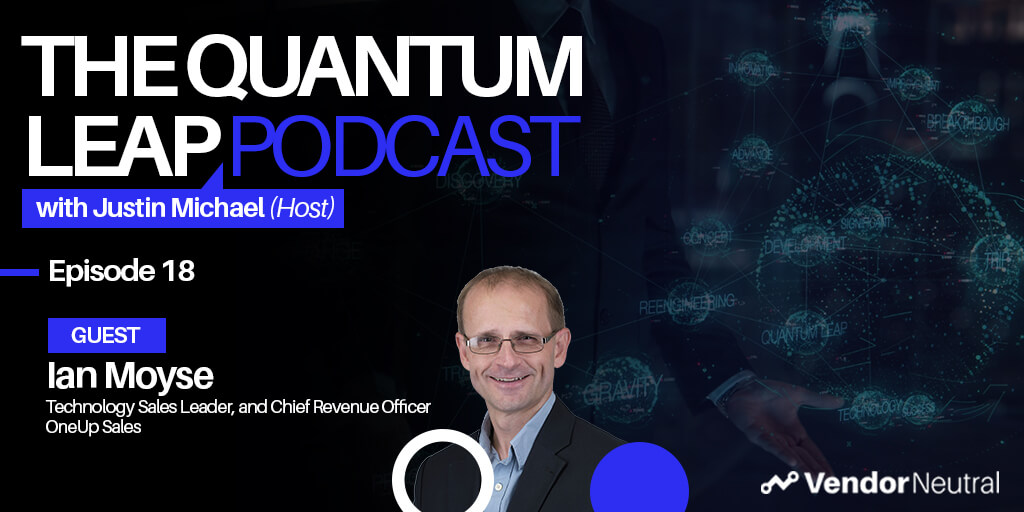 Sales Enablement to Generate Revenue in 2021 and BeyondSales Enablement to Generate Revenue in 2021 and Beyond
Sales Enablement to Generate Revenue in 2021 and BeyondSales Enablement to Generate Revenue in 2021 and Beyond -
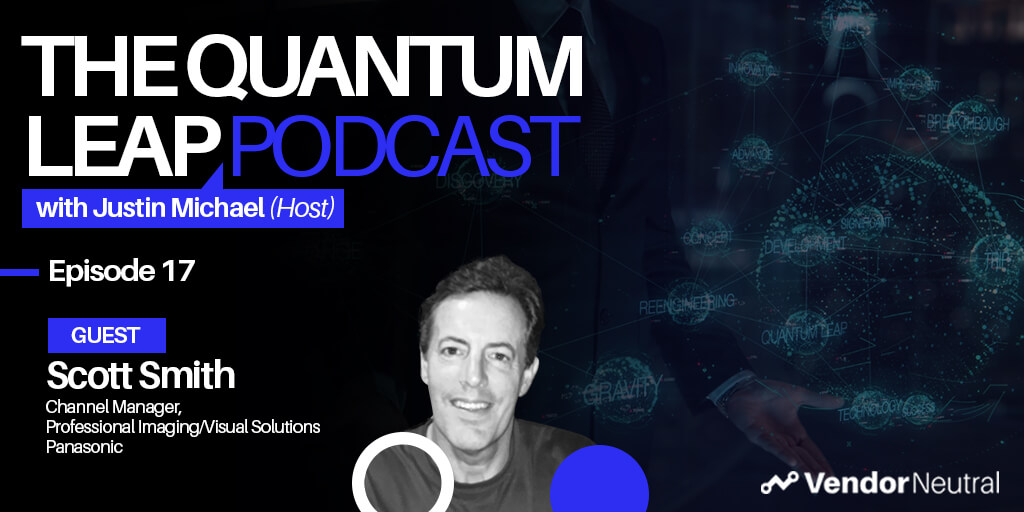 Leveraging Sales Technology in Enterprise Channel Sales | Start by identifying the problems you’re trying to solveLeveraging Sales Technology in Enterprise Channel Sales | Start by identifying the problems you’re trying to solve
Leveraging Sales Technology in Enterprise Channel Sales | Start by identifying the problems you’re trying to solveLeveraging Sales Technology in Enterprise Channel Sales | Start by identifying the problems you’re trying to solve -
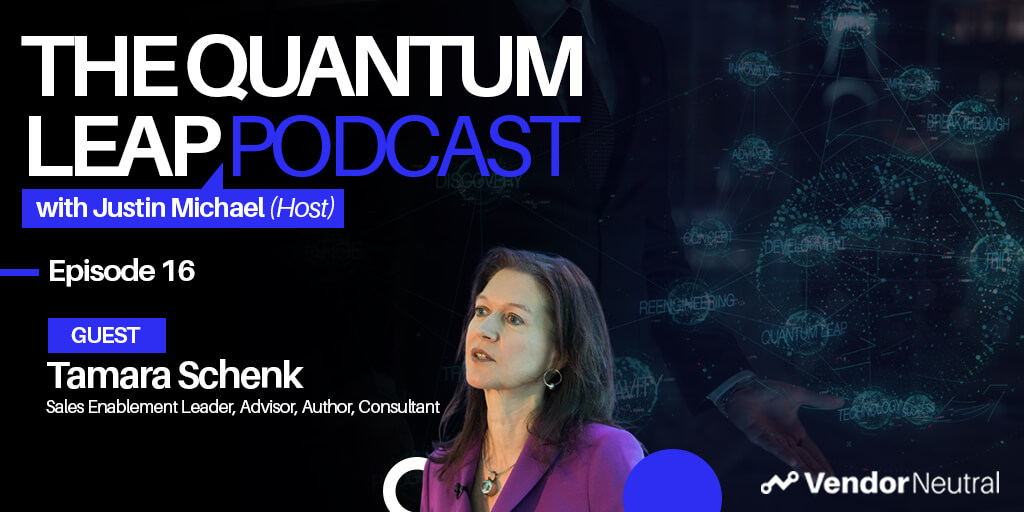 The One Question to Ask Before Sales Technology Implementation to Ensure the Success of Your Enablement InitiativeThe One Question to Ask Before Sales Technology Implementation to Ensure the Success of Your Enablement Initiative
The One Question to Ask Before Sales Technology Implementation to Ensure the Success of Your Enablement InitiativeThe One Question to Ask Before Sales Technology Implementation to Ensure the Success of Your Enablement Initiative -
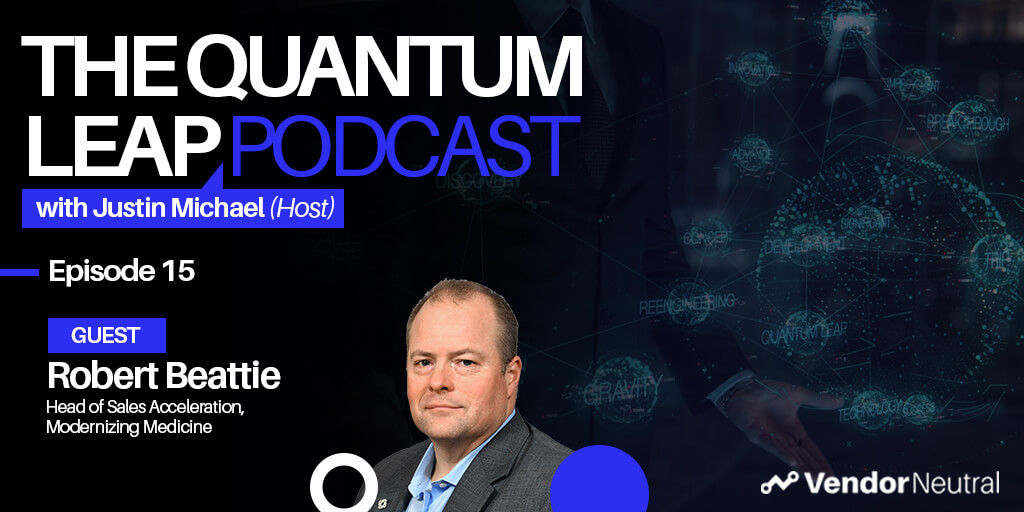 Digitally Enabled Enterprise Sales - Technology & Skills You'll Need in 2025Digitally Enabled Enterprise Sales - Technology & Skills You'll Need in 2025
Digitally Enabled Enterprise Sales - Technology & Skills You'll Need in 2025Digitally Enabled Enterprise Sales - Technology & Skills You'll Need in 2025 -
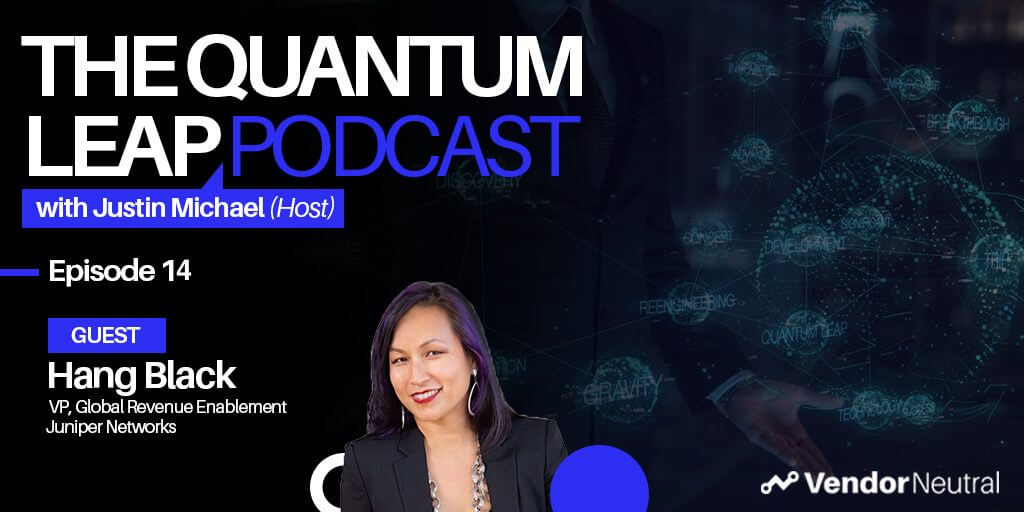 A Look Into The Future of Sales EnablementA Look Into The Future of Sales Enablement
A Look Into The Future of Sales EnablementA Look Into The Future of Sales Enablement -
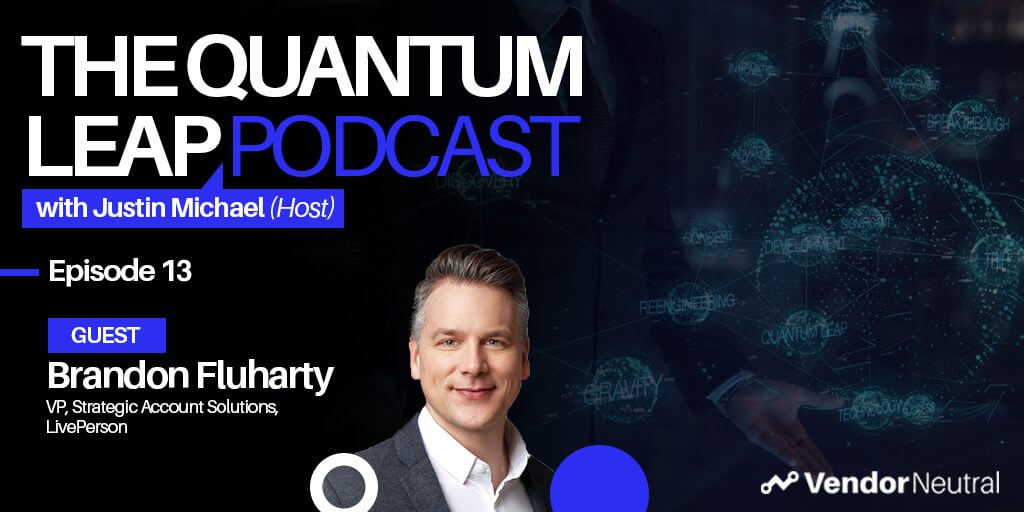 3 Ways Sales Technology will Shape the Future of Strategic Selling & Enterprise Sales3 Ways Sales Technology will Shape the Future of Strategic Selling & Enterprise Sales
3 Ways Sales Technology will Shape the Future of Strategic Selling & Enterprise Sales3 Ways Sales Technology will Shape the Future of Strategic Selling & Enterprise Sales -
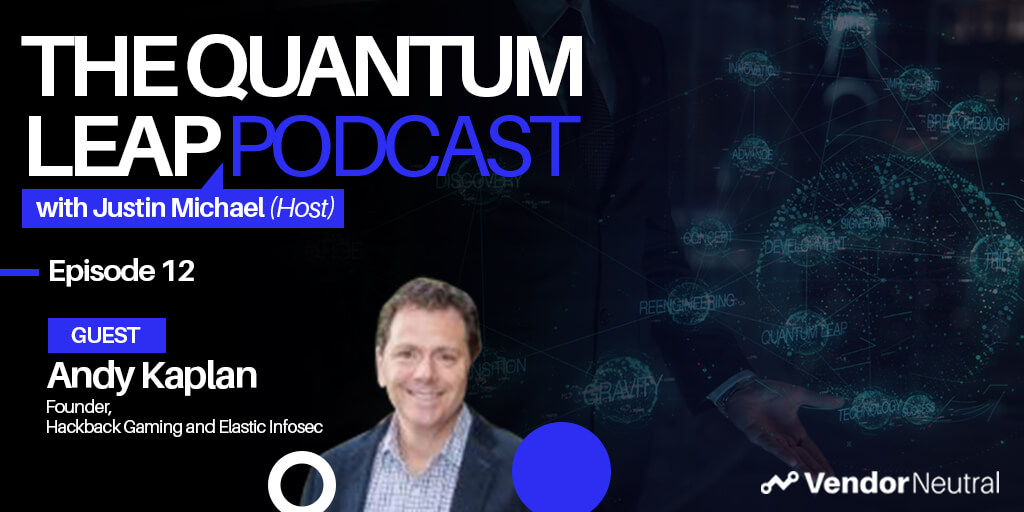 Future of Sales in the EnterpriseFuture of Sales in the Enterprise
Future of Sales in the EnterpriseFuture of Sales in the Enterprise -
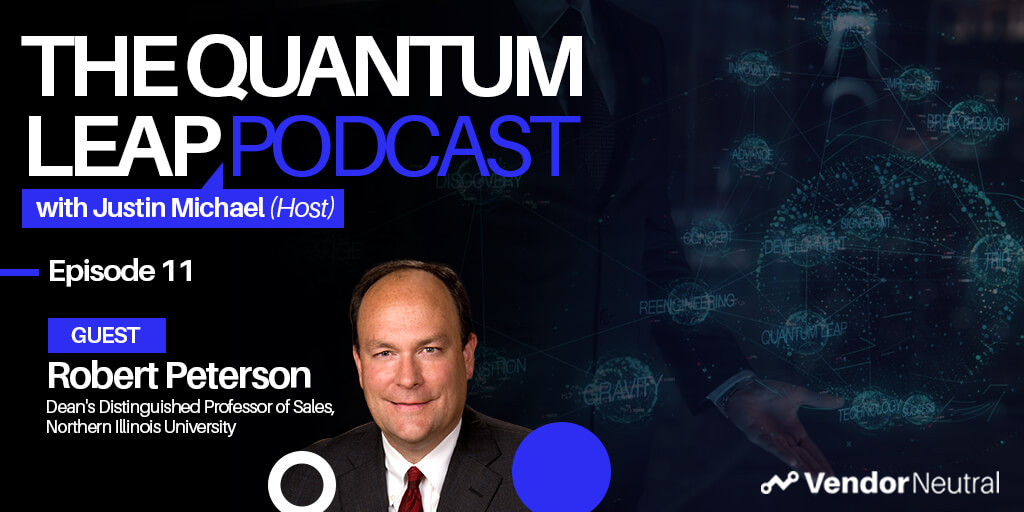 Developing the Revenue Leaders of TomorrowDeveloping the Revenue Leaders of Tomorrow
Developing the Revenue Leaders of TomorrowDeveloping the Revenue Leaders of Tomorrow -
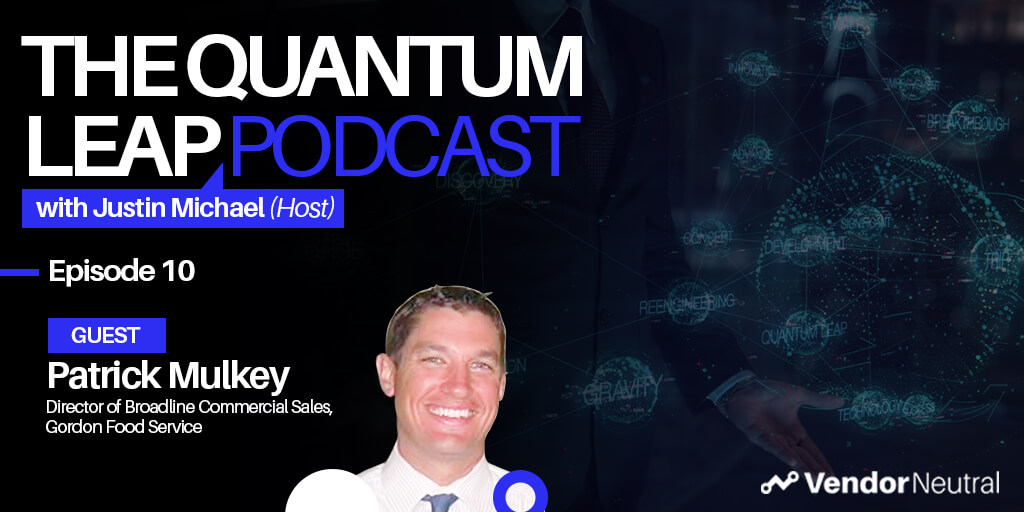 Evaluating and Updating Your Enterprise Sales Technology StackEvaluating and Updating Your Enterprise Sales Technology Stack
Evaluating and Updating Your Enterprise Sales Technology StackEvaluating and Updating Your Enterprise Sales Technology Stack -
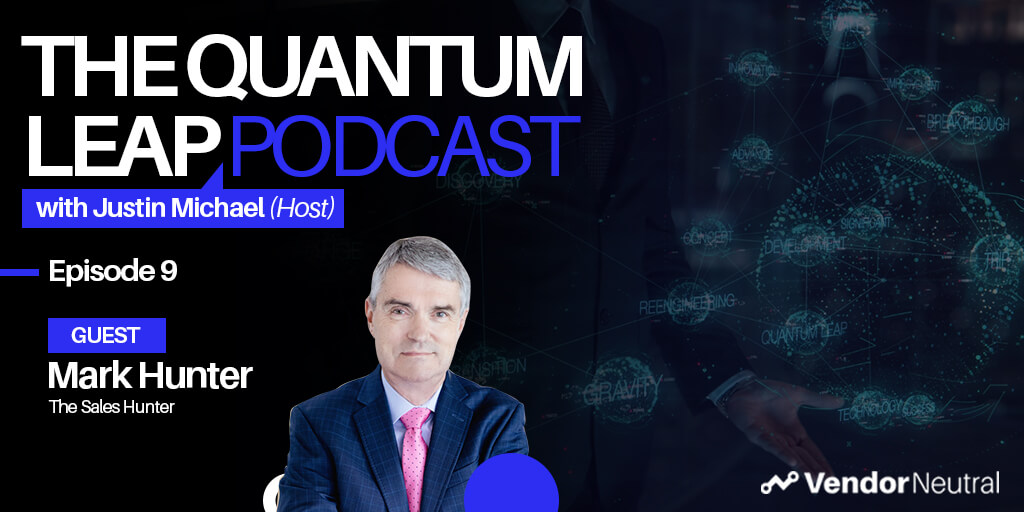 How-to Connect With Enterprise Buyers When Selling From HomeHow-to Connect With Enterprise Buyers When Selling From Home
How-to Connect With Enterprise Buyers When Selling From HomeHow-to Connect With Enterprise Buyers When Selling From Home -
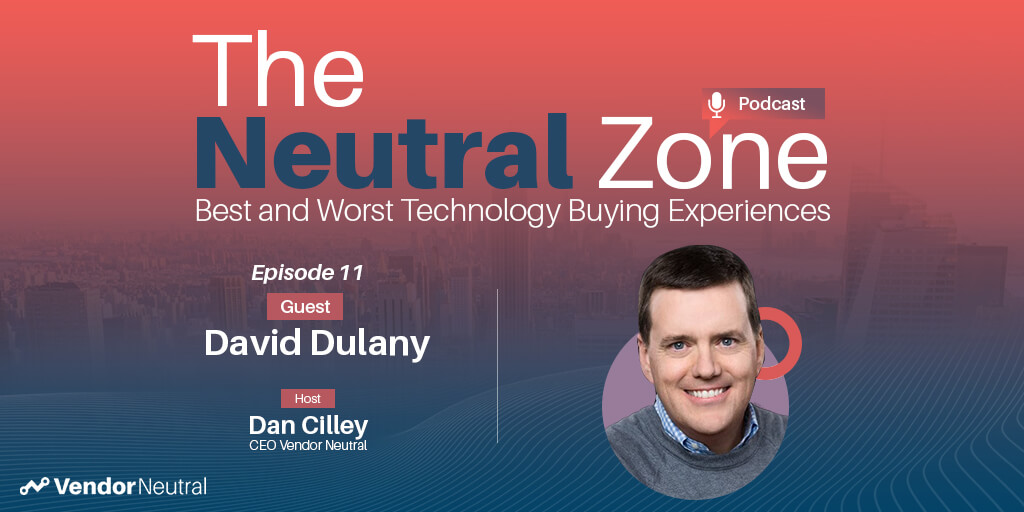 Is the Sales Technology Buying Process Over Engineered?Is the Sales Technology Buying Process Over Engineered?
Is the Sales Technology Buying Process Over Engineered?Is the Sales Technology Buying Process Over Engineered? -
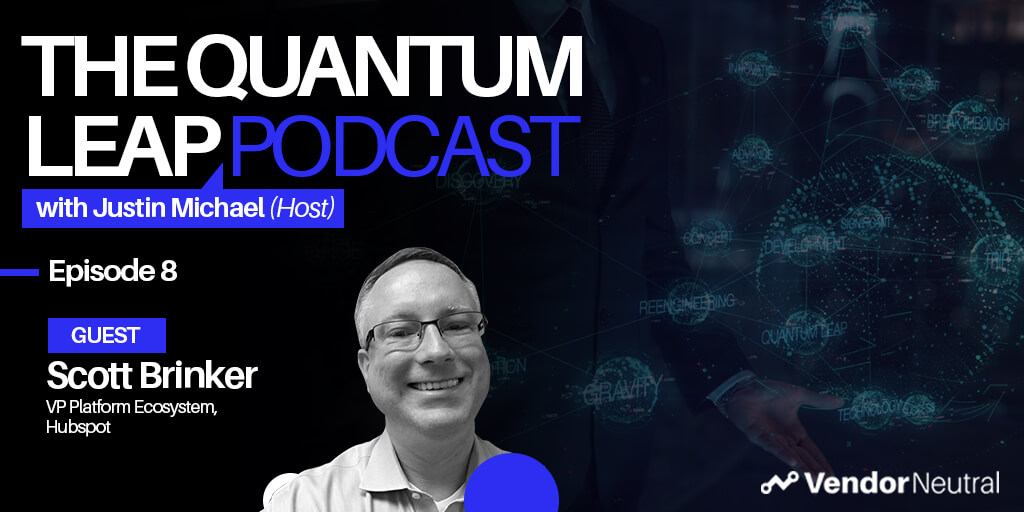 Tangible Ways to Digitally Transform Enterprise OrganizationsTangible Ways to Digitally Transform Enterprise Organizations
Tangible Ways to Digitally Transform Enterprise OrganizationsTangible Ways to Digitally Transform Enterprise Organizations -
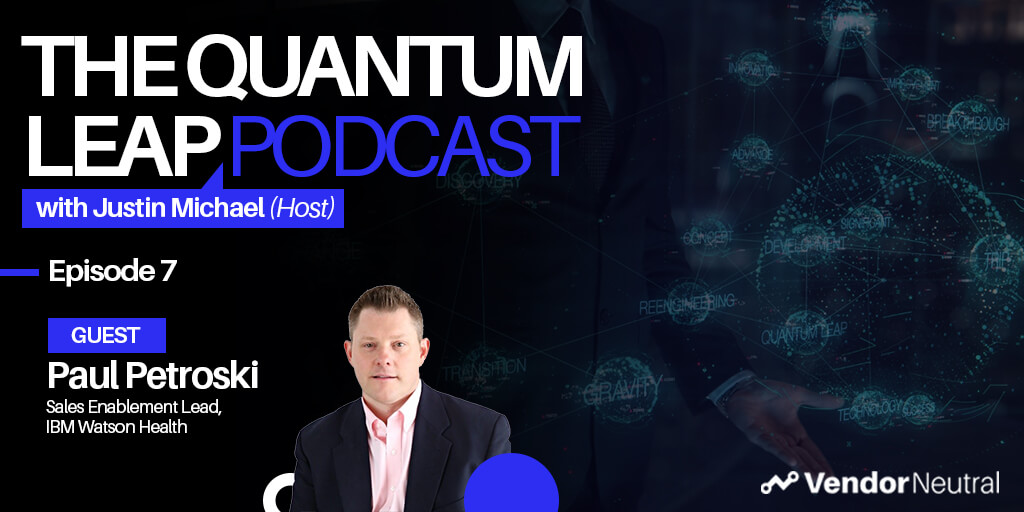 Quantum Leap Podcast Episode 7Quantum Leap Podcast Episode 7
Quantum Leap Podcast Episode 7Quantum Leap Podcast Episode 7 -
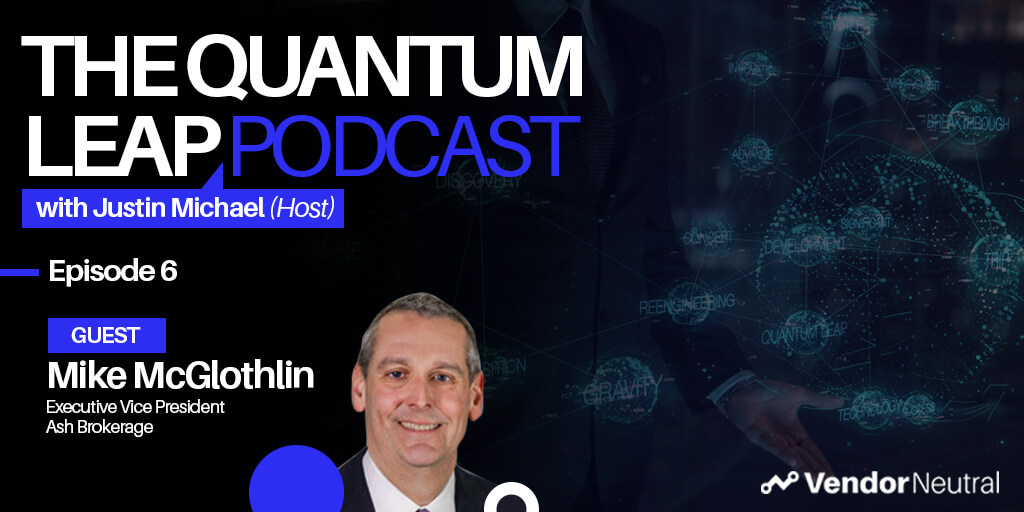 How Sales Technology is Making an Impact in the Financial SpaceHow Sales Technology is Making an Impact in the Financial Space
How Sales Technology is Making an Impact in the Financial SpaceHow Sales Technology is Making an Impact in the Financial Space -
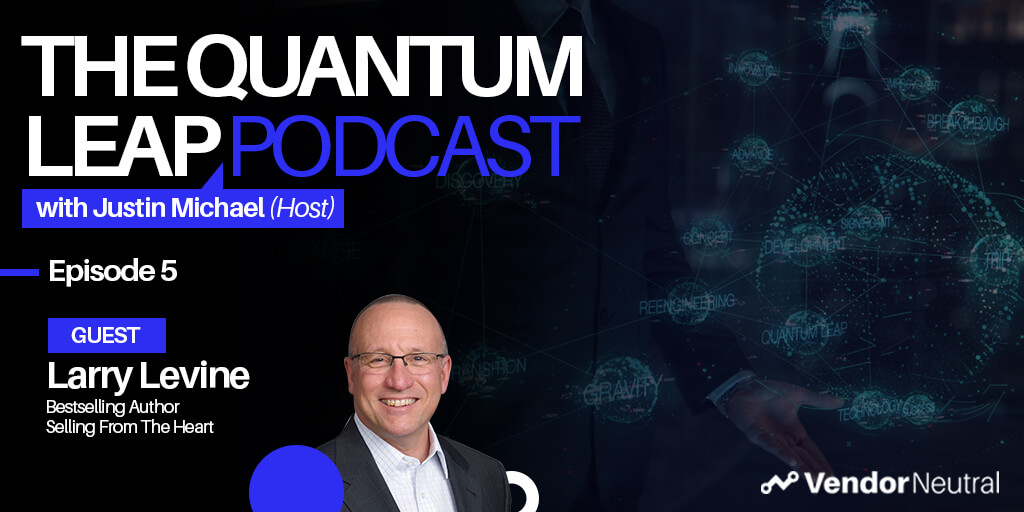 Quantum Leap Podcast Episode 5Quantum Leap Podcast Episode 5
Quantum Leap Podcast Episode 5Quantum Leap Podcast Episode 5 -
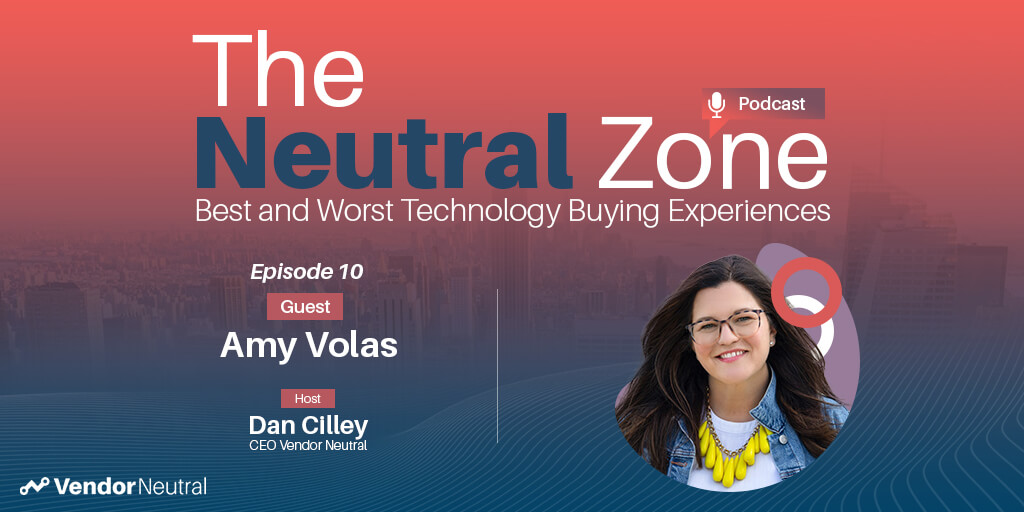 Clear View of Sales Episode 10 with Amy VolasClear View of Sales Episode 10 with Amy Volas
Clear View of Sales Episode 10 with Amy VolasClear View of Sales Episode 10 with Amy Volas -
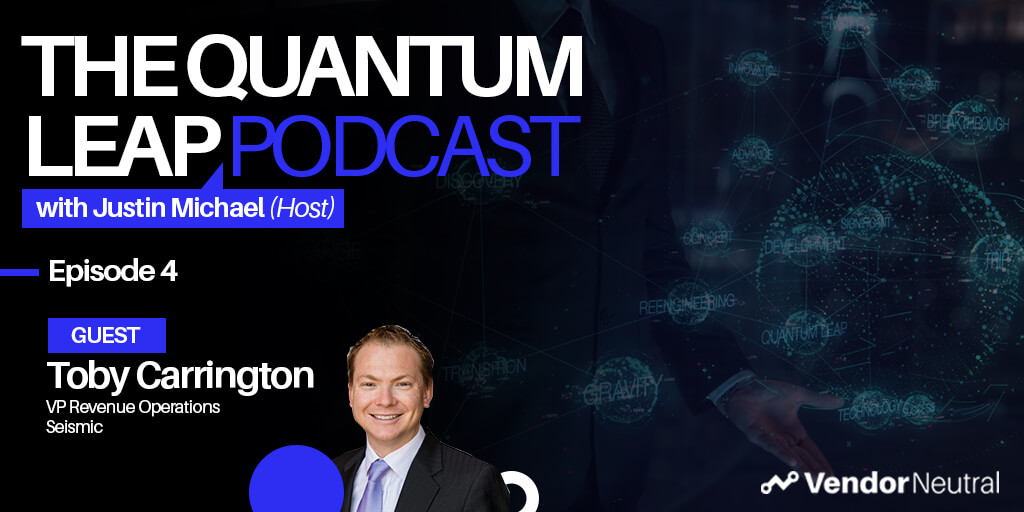 Quantum Leap Podcast Episode 4: Transforming Your Enterprise TechStack, The Future is Bright!Quantum Leap Podcast Episode 4: Transforming Your Enterprise TechStack, The Future is Bright!
Quantum Leap Podcast Episode 4: Transforming Your Enterprise TechStack, The Future is Bright!Quantum Leap Podcast Episode 4: Transforming Your Enterprise TechStack, The Future is Bright! -
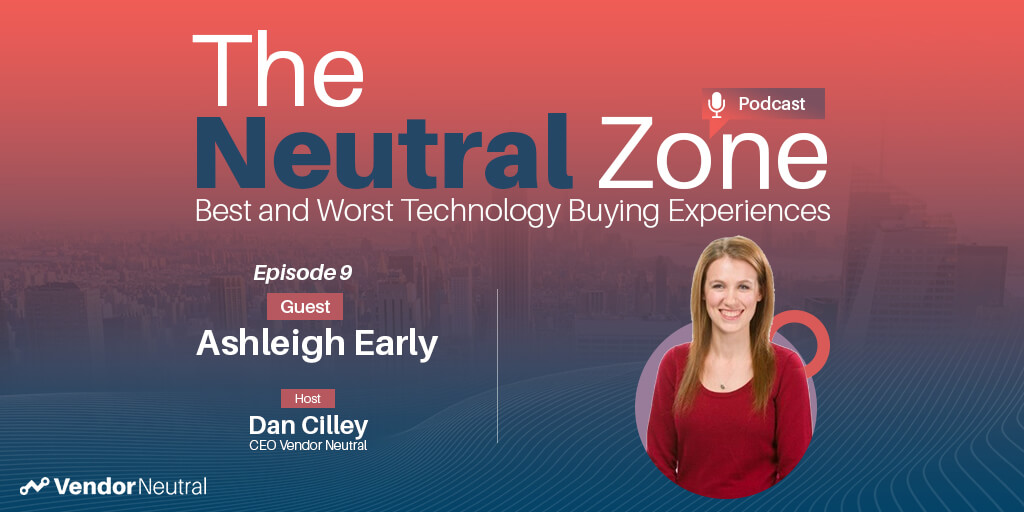 Clear View of Sales with Ashleigh Early:Clear View of Sales with Ashleigh Early:
Clear View of Sales with Ashleigh Early:Clear View of Sales with Ashleigh Early: -
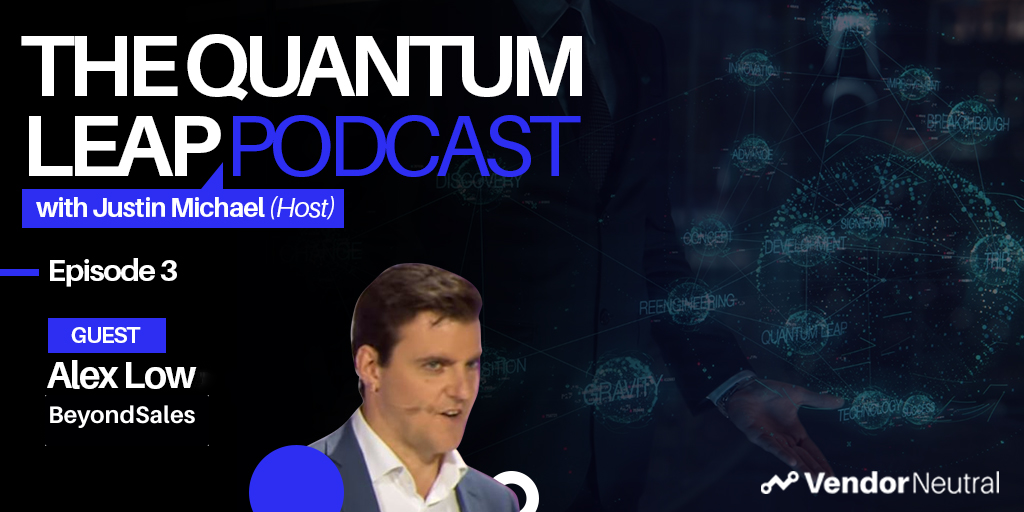 Quantum Leap Episode 3: Unlock the Mystery of Enterprise TransformationQuantum Leap Episode 3: Unlock the Mystery of Enterprise Transformation
Quantum Leap Episode 3: Unlock the Mystery of Enterprise TransformationQuantum Leap Episode 3: Unlock the Mystery of Enterprise Transformation -
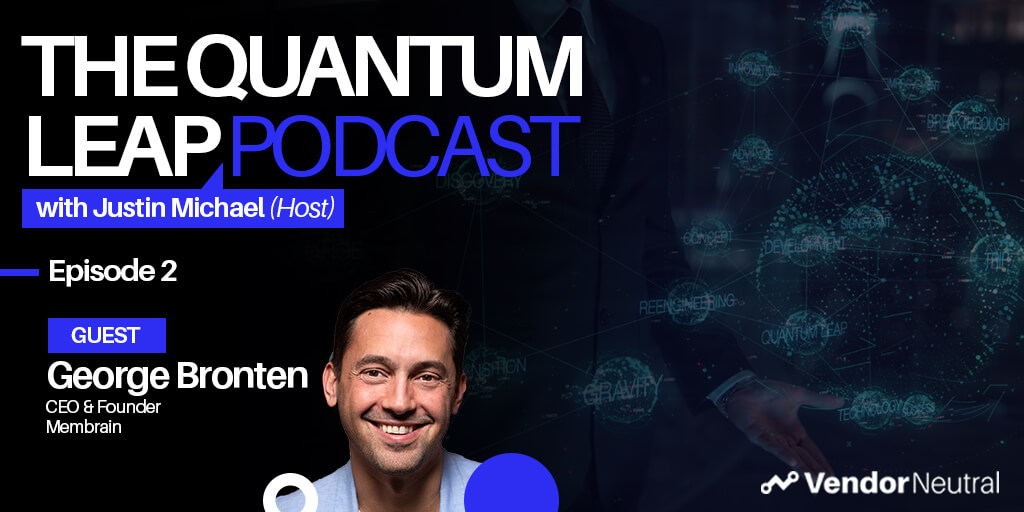 Quantum Leap Podcast Episode 2Quantum Leap Podcast Episode 2
Quantum Leap Podcast Episode 2Quantum Leap Podcast Episode 2 -
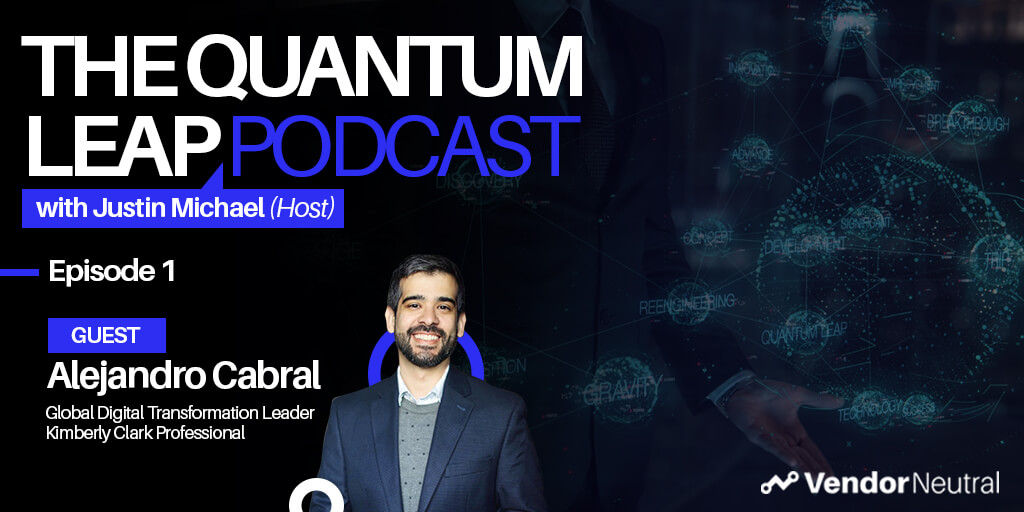 Quantum Leap Podcast Episode 1Quantum Leap Podcast Episode 1
Quantum Leap Podcast Episode 1Quantum Leap Podcast Episode 1 -
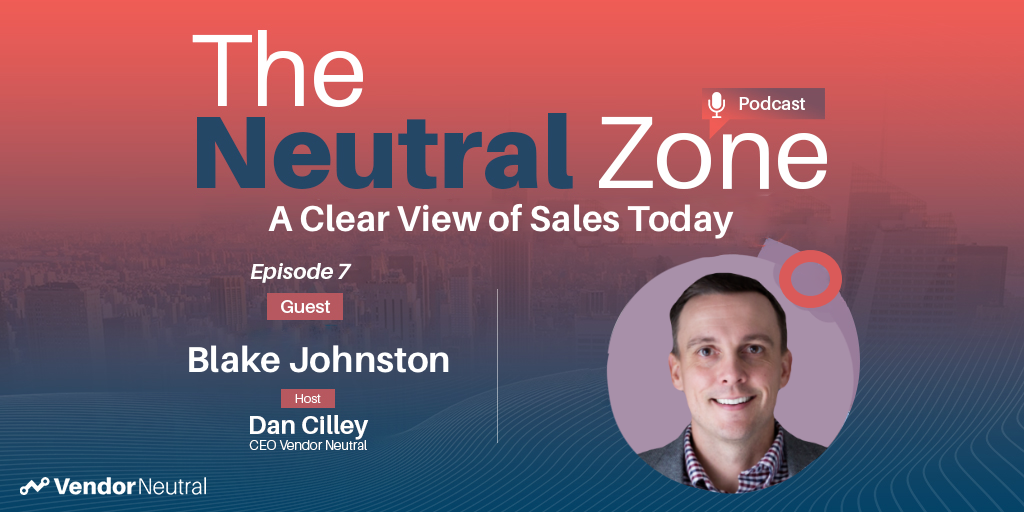 The Best & Worst B2B Technology Buying Experiences With Blake JohnstonThe Best & Worst B2B Technology Buying Experiences With Blake Johnston
The Best & Worst B2B Technology Buying Experiences With Blake JohnstonThe Best & Worst B2B Technology Buying Experiences With Blake Johnston -
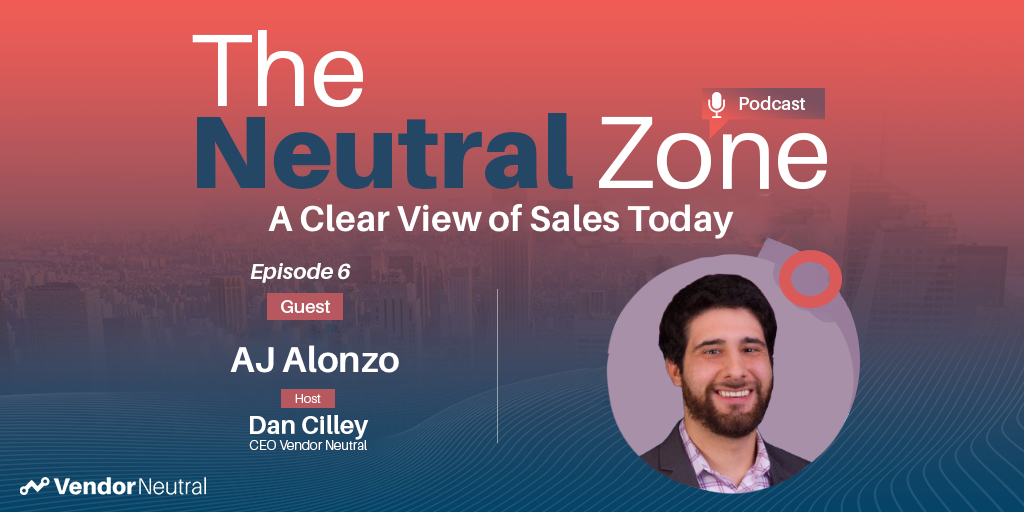 The Best & Worst B2B Technology Buying Experiences With AJ AlonzoThe Best & Worst B2B Technology Buying Experiences With AJ Alonzo
The Best & Worst B2B Technology Buying Experiences With AJ AlonzoThe Best & Worst B2B Technology Buying Experiences With AJ Alonzo -
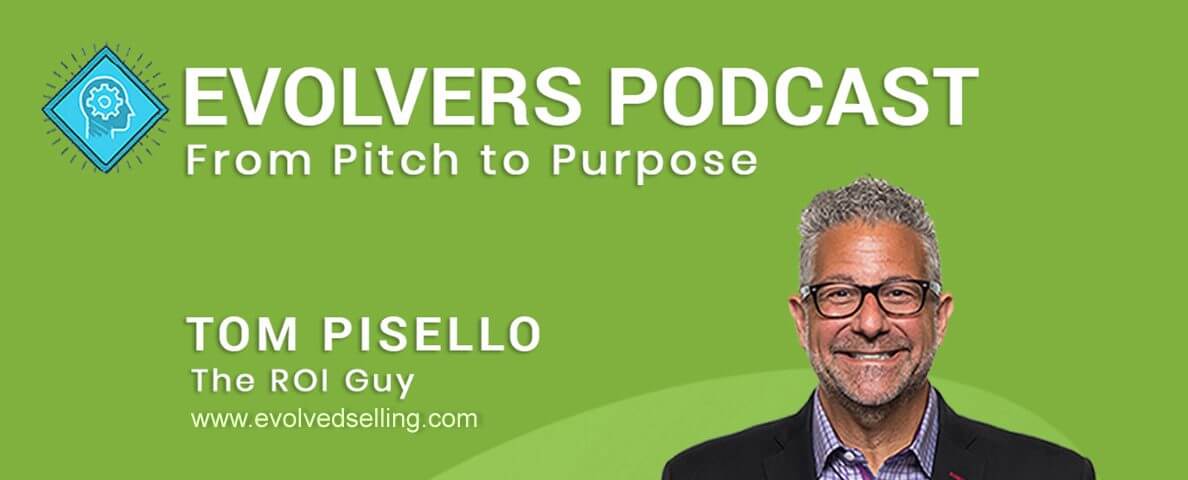 Evolvers Podcast: The Democratization of Sales Enablement? With Dan CilleyEvolvers Podcast: The Democratization of Sales Enablement? With Dan Cilley
Evolvers Podcast: The Democratization of Sales Enablement? With Dan CilleyEvolvers Podcast: The Democratization of Sales Enablement? With Dan Cilley -
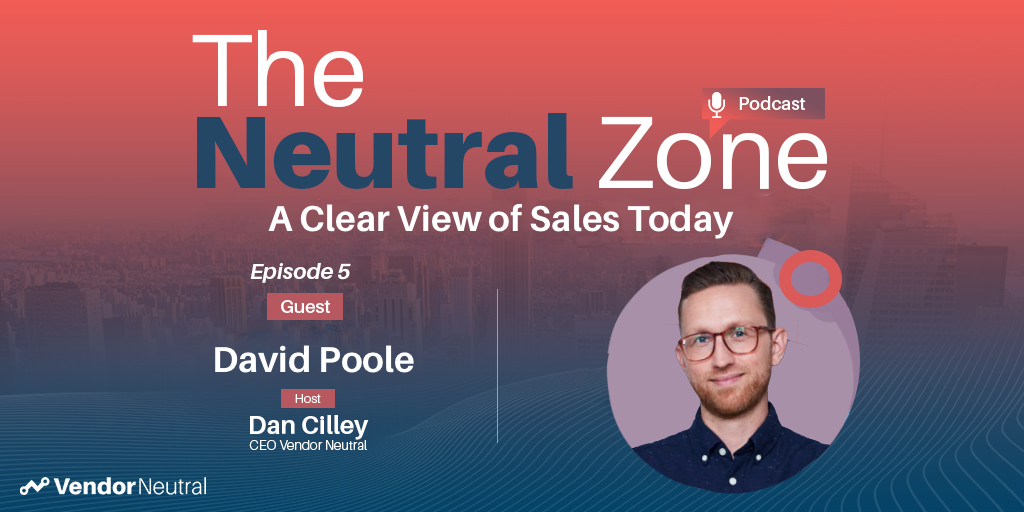 The Best & Worst B2B Technology Buying Experiences With David PooleThe Best & Worst B2B Technology Buying Experiences With David Poole
The Best & Worst B2B Technology Buying Experiences With David PooleThe Best & Worst B2B Technology Buying Experiences With David Poole -
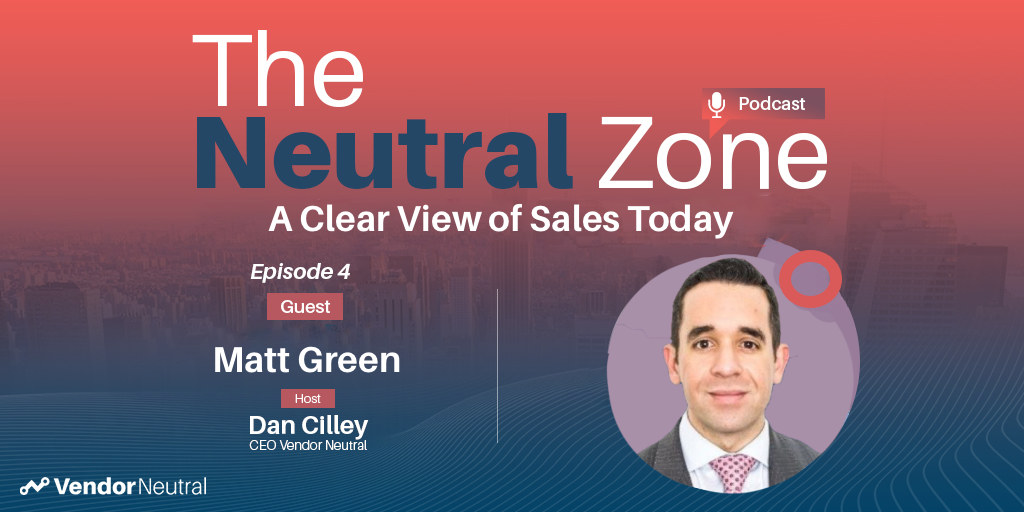 The Best & Worst B2B Technology Buying Experiences With Matt GreenThe Best & Worst B2B Technology Buying Experiences With Matt Green
The Best & Worst B2B Technology Buying Experiences With Matt GreenThe Best & Worst B2B Technology Buying Experiences With Matt Green -
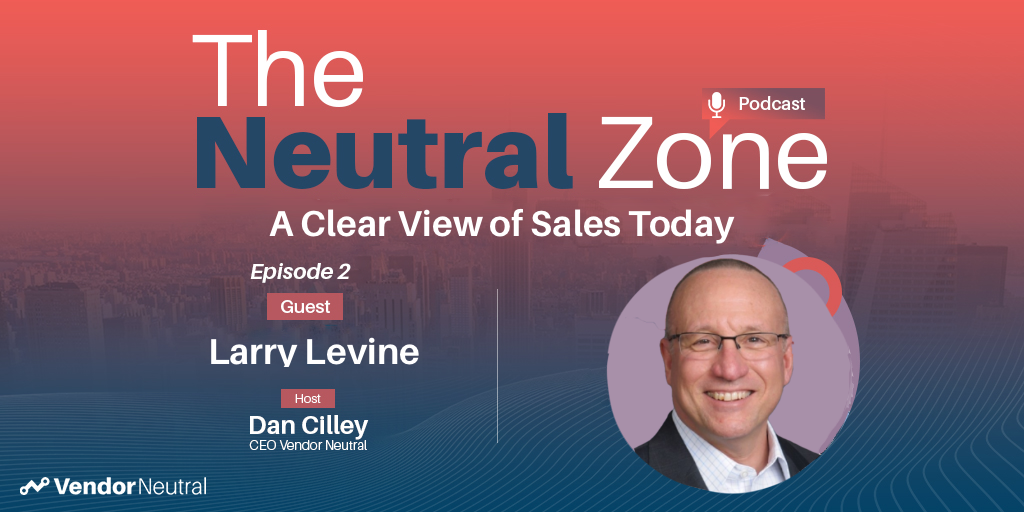 The Best & Worst B2B Technology Buying Experiences with Larry LevineThe Best & Worst B2B Technology Buying Experiences with Larry Levine
The Best & Worst B2B Technology Buying Experiences with Larry LevineThe Best & Worst B2B Technology Buying Experiences with Larry Levine -
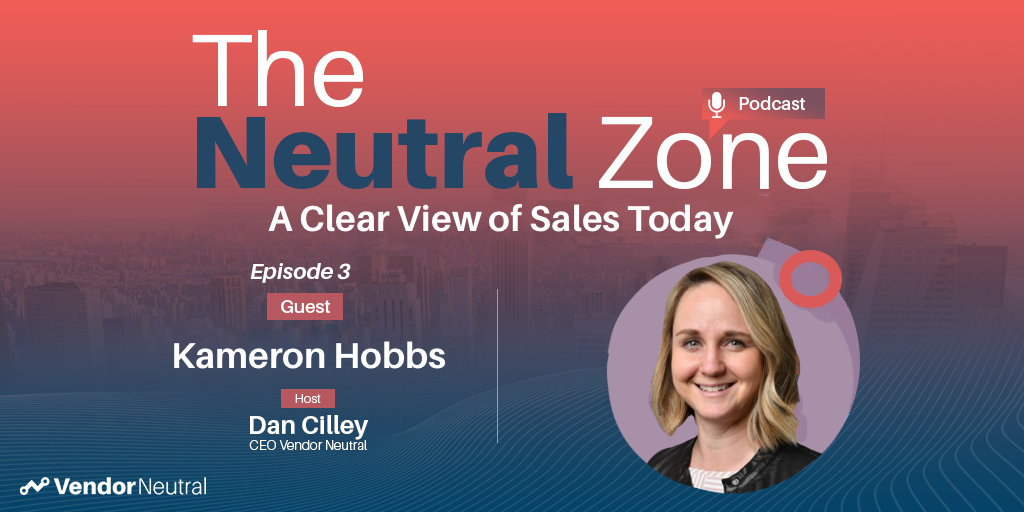 The Best & Worst B2B Technology Buying Experiences with Kameron HobbsThe Best & Worst B2B Technology Buying Experiences with Kameron HobbsVideo
The Best & Worst B2B Technology Buying Experiences with Kameron HobbsThe Best & Worst B2B Technology Buying Experiences with Kameron HobbsVideo -
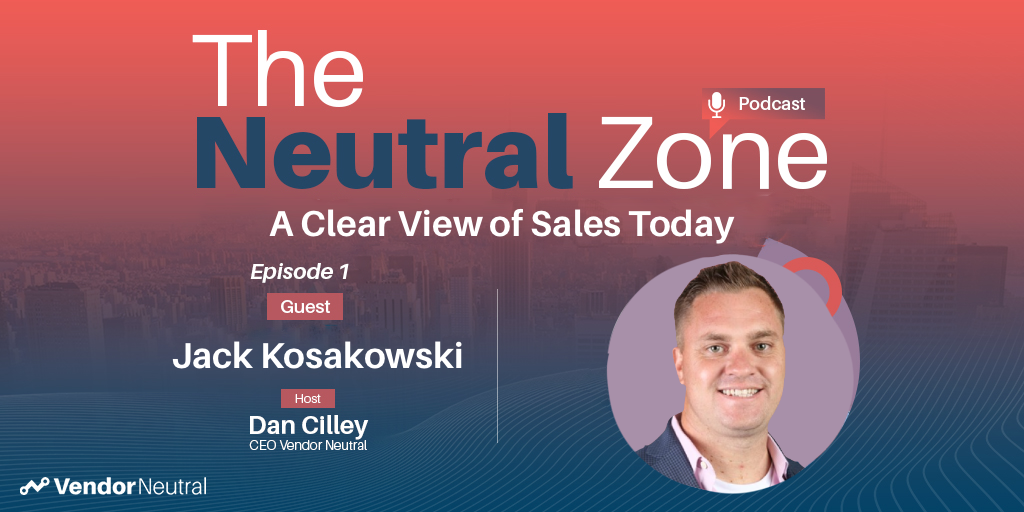 The Best & Worst B2B Technology Buying Experiences with Jack KosakowsiThe Best & Worst B2B Technology Buying Experiences with Jack KosakowsiPodcast
The Best & Worst B2B Technology Buying Experiences with Jack KosakowsiThe Best & Worst B2B Technology Buying Experiences with Jack KosakowsiPodcast
